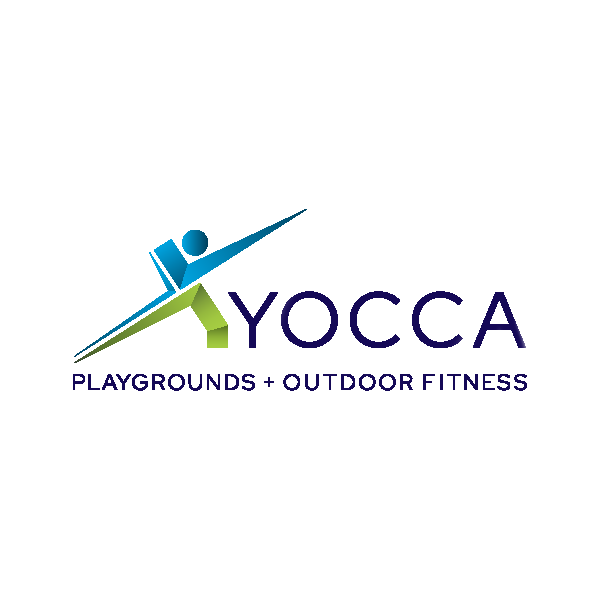
How Local SEO Experts Choose the Right Keywords for Your Area
June 5, 2025
Top Benefits of Choosing Custom Web Design Over Templates
June 13, 2025Whether you’re promoting a new product or trying to drive foot traffic, paid search advertising is one of the most effective ways to get your message in front of the right people.
But with average conversion rates hovering around 2.35% across industries, there’s a lot of room for improvement. If you’re ready to boost those numbers and make your ad dollars work harder, you’re in the right place.
Let’s break down how to maximize conversions with paid search advertising so you’re not just getting clicks, you’re getting real results.
1. What goals should you set before running paid search ads?
Before you even open up your Google Ads account, you need to define your goals. A “conversion” means something different for every business. For an online music shop, it might be a sale. For a camping blog, it could be an email subscription or a download. The key is to decide what action truly matters to your business before you start spending money.
To get focused, use SMART goals. That means setting objectives that are specific, measurable, achievable, relevant, and time-bound. Instead of saying “I want more leads,” go with something like “I want to increase product demo sign-ups by 20% in 60 days.” That kind of clarity makes it easier to build and refine your paid search advertising strategy.
Tracking the right metrics is what makes all of this useful. If you’re only watching clicks, you’re missing the bigger picture. Focus on cost per conversion, bounce rate, and return on ad spend. Those numbers will guide your decisions and reveal what’s driving results.
2. How do you choose the right keywords to drive conversions?
It’s tempting to go for broad, high-traffic keywords, but if you want real conversions, you need to think about search intent. Are people just looking for information, or are they ready to buy? That’s the difference between someone searching “best camping speakers” and someone typing “buy waterproof soundbar for UTV.”
That’s where long-tail keywords come in. These are more specific phrases that often include four or more words, and they tend to have higher conversion rates. Studies show that over 50% of search queries are four words or longer, which means there’s huge potential if you target them right.
Do keyword research with a focus on intent. Look at what your ideal customer is trying to do when they search, and use those insights to shape your ad copy and landing pages.
3. What makes ad copy persuasive enough to convert?
Ad copy is where everything comes together. If your keywords are solid and your targeting is sharp, your copy needs to seal the deal. The best performing ads are clear, urgent, and packed with strong calls to action. Tell people exactly what to do, shop now, get yours today, claim your free trial, and why they should do it right now.
If you’ve got a killer deal, flaunt it. Mention pricing, offers, or limited-time promos directly in the ad. That creates a sense of urgency and helps your ad stand out in a crowded search results page. The goal is to get clicks that lead somewhere.
4. Why is a landing page so important?
You’ve done the work to earn that click. Don’t lose people with a landing page that doesn’t deliver. One of the biggest conversion killers is inconsistency between the ad and the page. If your ad promises a “10% discount on camping sound systems,” your landing page better show that discount front and center.
Speed matters too. A slow-loading page is a dealbreaker, especially on mobile. Your layout should be clean, easy to scan, and designed with mobile users in mind. And don’t underestimate the power of video. Stats show that having a video on your landing page can boost conversions by up to 80%. That’s a massive jump for something as simple as a quick product demo or explainer.
5. How can targeting and retargeting improve results?
Great paid search ads don’t stop at picking the right keywords. You also need to get your ads in front of the right people. That’s where geo-targeting, audience segmentation, and device targeting come in. If you’re selling gear for weekend road trips, targeting users in outdoor-friendly areas or by device type can make a huge difference.
Retargeting is your secret weapon. These are the users who’ve already visited your site but didn’t convert. According to industry stats, retargeted users are 70% more likely to convert than new visitors. That’s too good to ignore. Retargeting keeps your brand top-of-mind and gives people a second (or third) chance to take action.
6. Are you optimizing for mobile users?
More than half of all search clicks now come from mobile devices. If your paid search advertising campaigns aren’t optimized for mobile, you’re leaving conversions on the table. Mobile users need an experience that’s fast, responsive, and easy to interact with, especially if they’re browsing in a tent or on the trail.
Use large, thumb-friendly buttons for your calls to action. Make sure your forms are short and easy to fill out on a phone. And double-check that your site loads fast even on slower connections. Mobile UX isn’t just a nice-to-have anymore; it’s critical for conversion success.
7. What should you be A/B testing in your campaigns?
A/B testing is how you get better, faster. You don’t have to overhaul your whole campaign. Small tweaks can lead to big wins. Try testing different headlines, ad descriptions, CTA text, and even landing page designs. See what resonates with your audience.
Testing gives you real data instead of guesswork. Over time, these small changes add up and can dramatically increase your conversion rates. Keep your tests simple and focused, and make sure you give them enough time to gather useful results.
8. How do you know what’s working (and what’s not)?
If you’re not analyzing your campaign data, you’re flying blind. Use tools like Google Ads and Google Analytics to track your results. Look at metrics like cost per conversion, click-through rate, bounce rate, and time on page. These numbers tell the story of how people are interacting with your ads and where you might be losing them.
Once you have the data, take action. Pause under-performing keywords, rework weak ad copy, or try a different landing page layout. The goal is to continuously improve your return on investment and learn from what the numbers are telling you.
Frequently Asked Questions
Below are some commonly asked questions to consider:
What’s the difference between paid search advertising and organic search?
Paid search ads place your business at the top of search engine results through paid placements, while organic search rankings are achieved through SEO and aren’t paid for directly.
How much should I budget for a paid search campaign?
There’s no universal answer, but many businesses start with a few hundred to a few thousand dollars per month. Your budget should reflect your goals, competition level, and expected cost per conversion.
Do paid search ads work for niche markets?
Yes, they often work better. Niche markets allow for more specific targeting and long-tail keywords that attract motivated buyers who are ready to convert.
Boost Your ROI with Paid Search Advertising
Paid search ads can be one of the most powerful tools in your digital marketing toolkit if you use them wisely. With the right goals, keyword strategy, ad copy, and mobile-friendly landing pages, you can turn clicks into conversions and make your budget go further. Track everything, test often, and don’t be afraid to tweak and refine as you go. Your next campaign could be your most successful one yet.
Work with paid advertising services today.

